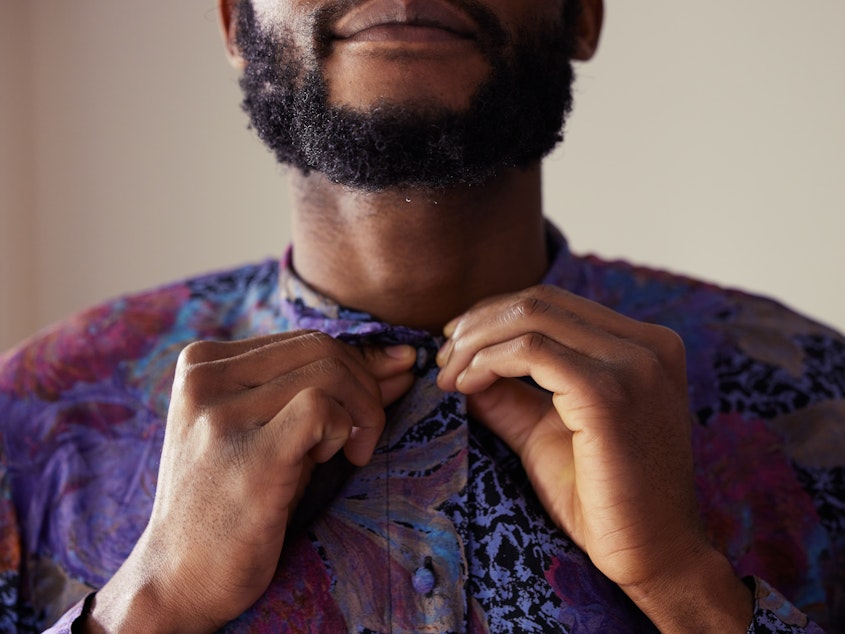The Best Time For Rehabilitation After A Stroke Might Actually Be 2 To 3 Months Later

People who have had a stroke appear to regain more hand and arm function if intensive rehabilitation starts two to three months after the injury to their brain.
A study of 72 stroke patients suggests this is a "critical period," when the brain has the greatest capacity to rewire, a team reports this week in the journal PNAS.
The finding challenges the current practice of beginning rehabilitation as soon as possible after a stroke.
"Two to three months after a stroke is when people are at home, that's not when most people are having their rehabilitation," says Elissa Newport, a co-author of the study and director of the Center for Brain Plasticity and Recovery at Georgetown University Medical Center.
Newport spoke in place of the study's lead author, Dr. Alexander Dromerick, who died after the study was accepted but before it was published.
Sponsored
If the results are confirmed with other, larger studies, "the clinical protocol for the timing of stroke rehabilitation would be changed," says Li-Ru Zhao, a professor of neurosurgery at Upstate Medical University in Syracuse, who was not involved in the research.
The study involved patients treated at Medstar National Rehabilitation Hospital in Washington most in their 50s and 60s One of the study participants was Anthony McEachern, who was 45 when he had a stroke in 2017.
"My ability to move was diminishing in front of my eyes"
Just a few hours earlier, McEachern had been imitating Michael Jackson dance moves with his kids. But at home that night he found himself unable stand up.
"My ability to move was diminishing in front of my eyes," says McEachern, who is now a professor of visual and performing arts at North Carolina Agricultural and Technical State University.
Sponsored
After the stroke, McEachern spent a week in the hospital getting treatment and more than a month in a rehabilitation center. He slowly regained the ability to walk. But after he returned home he still had trouble with basic tasks involving his right arm and hand.
"Normally I could jump in the shower and 20 minutes [later] I'm showered, dressed and out," He says. After the stroke, it took him two hours.
The study was inspired by earlier research on the rehabilitation of animals who have had a stroke.
When rehabilitation begins too quickly, "you can often make a stroke bigger and worse," Newport says. When rehab therapy was delayed briefly, "you got very good success. And then as you got farther off from the stroke you didn't get any success anymore.
In the study of stroke patients, participants were randomly assigned to receive an extra 20 hours of intensive training that started during one of three time periods: less than 30 days after the event, 60 to 90 days after, or at least six months after. The training might involve reaching or grasping exercises, with the precise regimen tailored to each patient.
Sponsored
A "critical period" for optimal recovery
"What we found is that the best recovery was the people who received their intensive training at two to three months after their stroke," Newport says.
The treatment isn't a cure-all, she notes. "There is a measurable, noticeable amount" of improvement in tasks like reaching and grasping, she says, "but they don't recover fully."
McEachern's intensive training started before the optimal period. Even so, he thinks the extra therapy, and its intensity, helped him regain some use of his right hand.
"I can carry a toothbrush. I can carry bottles. I can use one hand to hold the bottle while I use the other hand to open it," he says. "None of this stuff was possible immediately after I had the stroke, and probably not even imaginable."
Sponsored
Brain scientists say the study's finding is likely to stimulate a new round of debate about when to start intensive rehabilitation for stroke patients.
"It's a good start to help identify what is the optimal time or sensitive period to begin intensive motor training," Zhao says. But the study was relatively small and limited to one treatment center.
The idea that there is a critical period when the brain is most able to recover is "something we've suspected all along, based on the animal models," says Dr. Jin-Moo Lee, the chair of neurology at Washington University in St. Louis. "But this is really the first human evidence that there's a period in which rehab therapies are most effective in improving recovery."
Lee says right after a stroke, the brain is in survival mode, trying to "clean up the mess" caused by an injury. Eventually, though, the brain enters an interim period in which an injury gradually becomes a scar.
"And probably in the interim period there are also changes that allow the brain to become more plastic," he says. That period is a bit like early childhood, he says, when the brain is able to learn and rewire very rapidly. [Copyright 2021 NPR]



